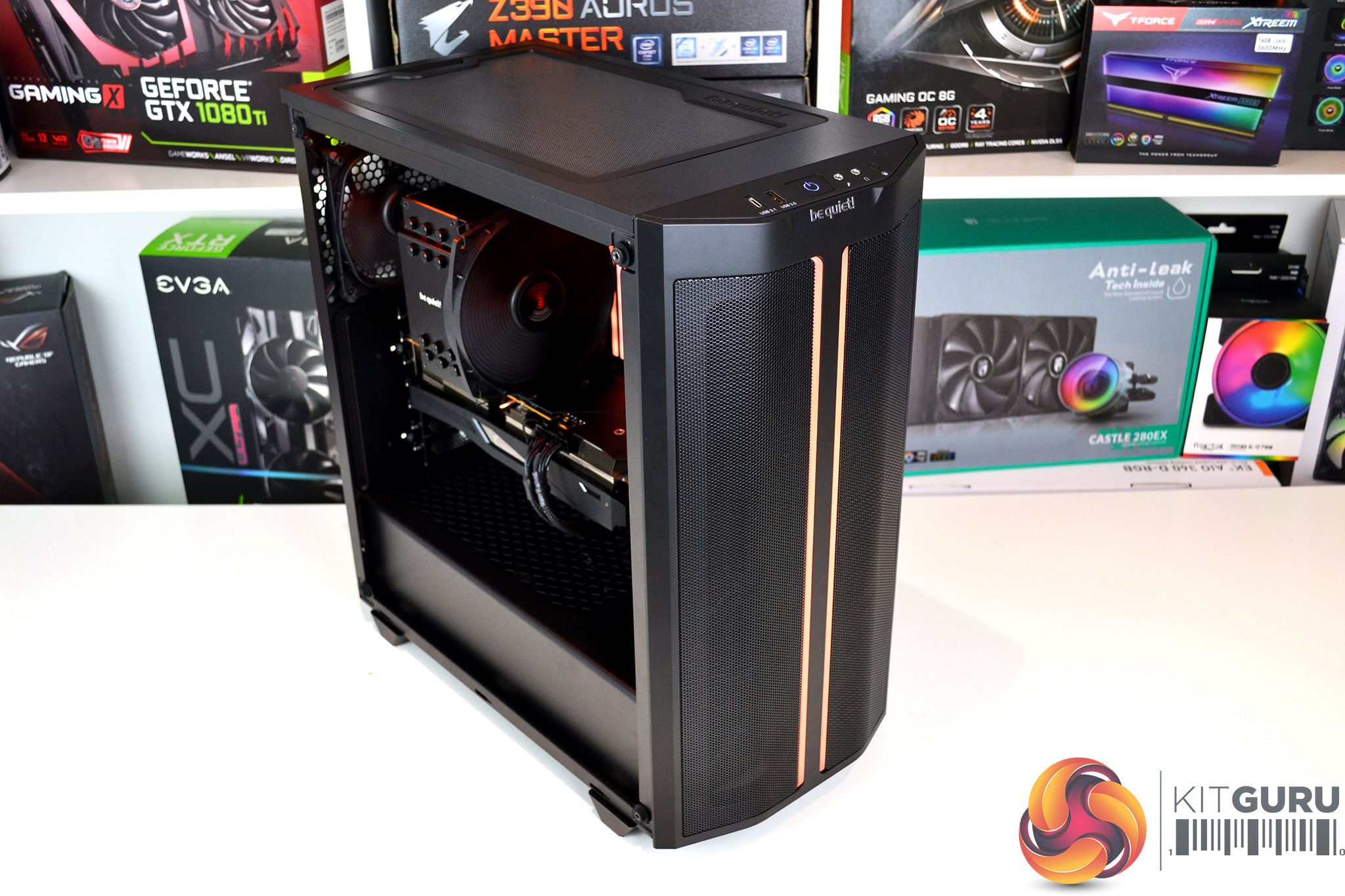

It is the responsibility of the user of this standard to establish appropriate safety and health practices and determine the applicability of regulatory limitations prior to use. Performance testing of laboratory fume hoods shall be performed at least annually. This standard does not purport to address all of the safety concerns, if any, associated with its use. The values in parentheses are provided for information only. The values stated in SI units are to be regarded as standard. This standard does not provide estimating procedures for determining the actual installed performance of the specimen under field conditions. If the specimen is installed in the field in any different manner, the results may be different. Atmospheric air pressure is directly related to altitude, temperature, and composition. Standard Airflow Testing is perfect when you need to understand whether the broad performance of a fan within an application is appropriate to its operating. This method tests the performance of the specimen in well-defined and controlled conditions. Airflow, or air flow, is the movement of air.The primary cause of airflow is the existence of air.Air behaves in a fluid manner, meaning particles naturally flow from areas of higher pressure to those where the pressure is lower.

This test method includes a provision for a simulated semi-reflective plenum to fit around thin-walled duct and silencer test specimens, since the acoustical environments around such thin-walled specimens can affect the measured insertion loss.

Procedures are described for the measurement of acoustical insertion loss, airflow generated noise, and pressure drop as a function of airflow.Įxcluded from the scope are reactive mufflers and those designed for uses other than in ventilation systems, such as automobile mufflers. The simplest method of expressing the engine cooling fan performance requirement is based on the open air performance curve measured on the airflow test. Turnaround times for many of our tests are less than one week from receipt of sample to issuing of test report. This test method covers the laboratory testing of some of the acoustical properties of sound attenuating devices including duct liner materials, integral ducts, and in-duct absorptive straight and elbow silencers used in the ventilation systems of buildings. The primary standard for HVI airflow test and calculation is ANSI/AMCA 210 ANSI/ASHRAE 51, Laboratory Methods of Testing Fans for Aerodynamic Performance. Intertek can assist with all facets of acoustical testing, helping you meet third-party acoustical and airflow performance requirements defined by specifiers, buyers, and regulatory authorities.


 0 kommentar(er)
0 kommentar(er)
